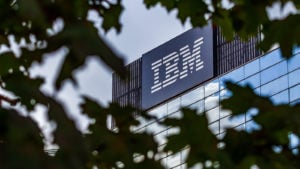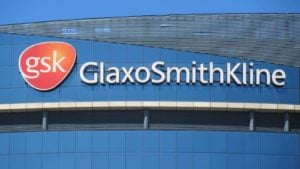For conservative investors, including those in and nearing retirement, highly reliable dividend stocks with a growth component are an excellent tool. That’s because these equities produce regular income and are likely to generate significant returns for investors through increases in their stock prices. They make for excellent top dividend stock picks.
Investors can use the proceeds that the dividends produce to either buy more shares of the stock, causing their eventual capital gains to increase, or to help support themselves.
As a result, dividend stocks for income and capital appreciation help conservative investors in multiple ways. Here are my three top dividend stock picks for these investors.
Caterpillar (CAT)

Caterpillar (NYSE:CAT), which has a dividend yield of 2.6%, recently reported powerful third-quarter results, as its revenue surged 12% versus the same period a year earlier to $16.8 billion, while its earnings per share jumped to $5.45 from $3.87. The company’s top and bottom lines came in well ahead of analysts’ average estimates.
And in the first three quarters of the year, CAT generated a very impressive operating cash flow of $8.9 billion.
As I had previously predicted, CAT benefited from strong demand for its products from miners and fossil fuel producers due to the energy transformation and high oil prices, respectively. Additionally, the company, in line with my expectations, got a lift from high government spending on infrastructure in the U.S. All of these positive catalysts should continue to boost the company’s financial results in the medium term.
The shares dropped in the wake of the results because its backlog fell. However, the latter situation was caused by technical factors, including improved supply chains, and the company’s backlog is higher than average compared to its revenue.
CAT has a meager forward price-earnings ratio of 11 times, solidifying it as one of my top dividend stock picks.
IBM (IBM)

Like Caterpillar, IBM (NYSE:IBM), which has a dividend yield of 4.6%, reported excellent, better-than-expected Q3 results recently.
Specifically, IBM’s top line rose 4.6% year-over-year to $14.8 billion, while its free cash flow rose by $900 million versus Q3 of 2022 to $1.7 billion. IBM’s top and bottom lines came slightly ahead of analysts’ average estimates. At the same time, the tech giant provided 2023 free cash flow guidance of roughly $10.5 billion, above analysts’ average outlook of $9,9 billion.
“Our overall growth reflects our ability to help clients to leverage data and AI for competitive advantage, automate IT environments, and seamlessly integrate hybrid cloud solutions,” CEO Arvind Krishna said on the company’s earnings call.
Responding to IBM’s Q3 results, Canadian bank RBC Capital wrote, “The combination of software and consulting continues to drive improving margins and a more reliable recurring revenue base.” The bank kept an “outperform” rating on the shares.
In the future, IBM should continue to benefit from the strong adoption of its hybrid cloud approach and its new AI tool.
The shares have a low forward price-earnings ratio of 14.5 times.
GSK (GSK)

GSK (NYSE:GSK) has a high dividend yield of 3.9% and reported strong Q3 results on Nov. 1, driven by strong demand for its new RSV vaccine.
The company’s revenue jumped 10% last quarter versus a year earlier, while its vaccine sales jumped an incredible 33% year-over-year. Moreover, its earnings per share, excluding certain items, soared 17% YOY.
And impressively, GSK increased its 2023 earnings per share growth guidance, excluding certain items, to 17%-20%, from its previous outlook of 14%-17%.
“Competitive performance was broadly based but benefitted particularly from the outstanding US
launch of Arexvy, the world’s first RSV vaccine,” CEO Emma Walmsley said in a statement.
Even before the company’s results and raised guidance were incorporated into analysts’ estimates, GSK had a meager forward price-earnings ratio of just 9.4 times.
From now on, GSK should get a lift from rising demand for Arexvy, its Jemperli cancer treatment, and its HIV treatments.
As of this writing, Larry Ramer did not hold (either directly or indirectly) any positions in the securities mentioned in this article. The opinions expressed in this article are those of the writer, subject to the InvestorPlace.com Publishing Guidelines.
